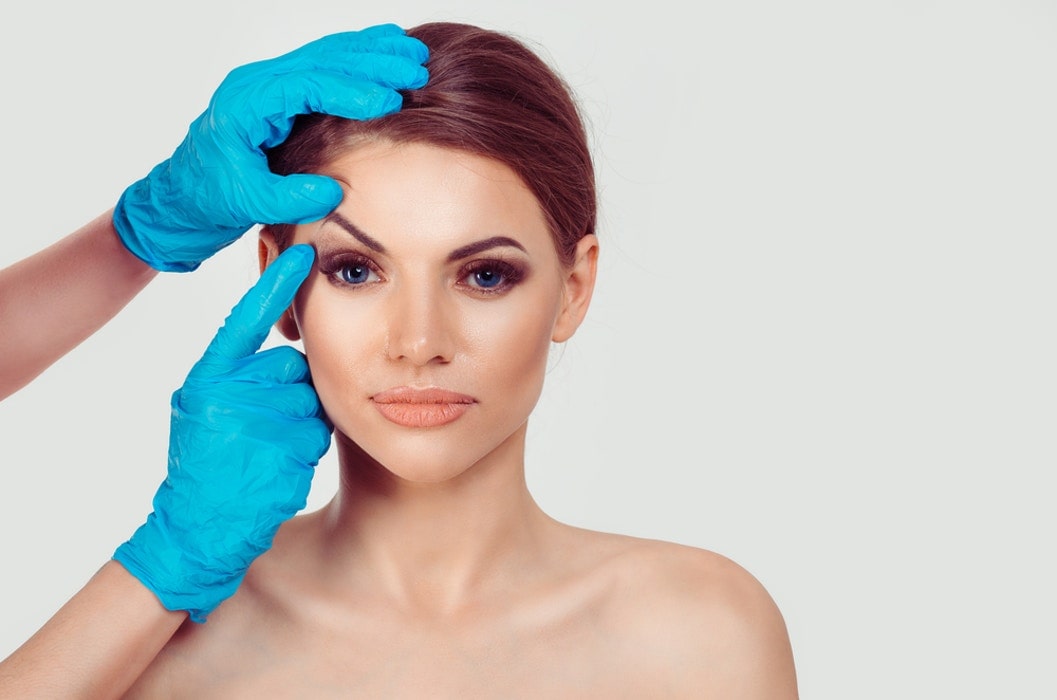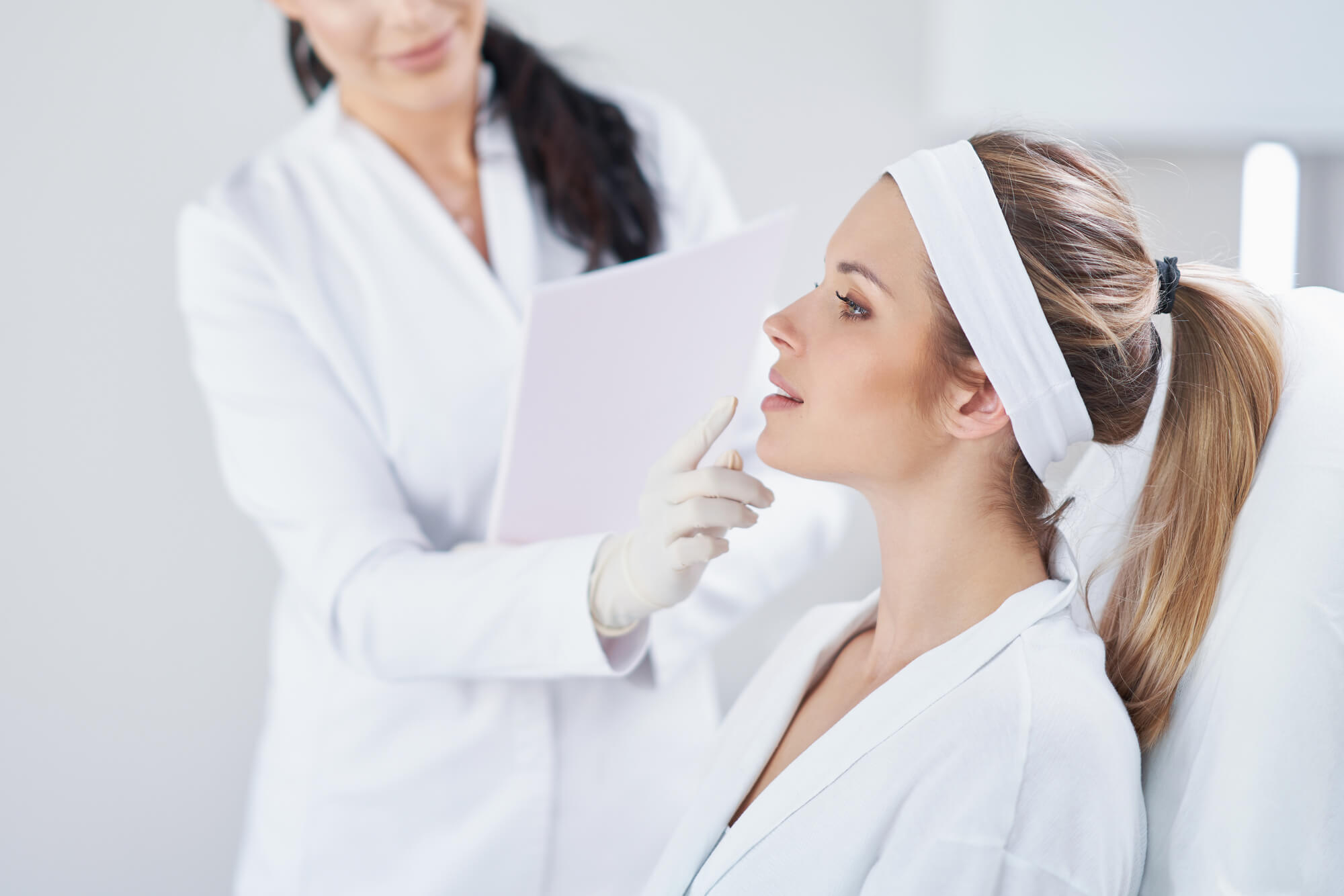
Can you actually reduce fine lines and wrinkles on your face and neck?
As we get older, fine lines and wrinkles on our face and neck make us feel older than we are. The good news is that there are various ways to minimize these telling signs of age. You can, indeed, reduce these wrinkles and even delay their appearance – and many of the methods for maintaining healthy, wrinkle-free skin can be done inexpensively and from the comfort of your own home.
What causes wrinkles?
Wrinkles occur when collagen and elastin, which are building blocks within the skin, break down over time, causing the skin top layer to lose its strength and flexibility – and, ultimately, to sag, allowing wrinkles to appear. This is a natural part of the aging process, but it can be mitigated and/or delayed with proper skin care, which includes rebuilding and strengthening collagen and elastin.
What can you do, on your own, to reduce wrinkles?
Although you can’t control all the factors that cause wrinkles and uneven skin tone, you can do the following to help mitigate the appearance of fine lines and wrinkles and to keep your skin healthy and your overall health condition at an optimal level:
- Prevent sun exposure and wear sunscreen.
- Don’t smoke – and, if you do smoke, quit.
- Eat healthy foods, vitamins, and minerals.
- Limit your intake of sugar and alcoholic beverages.
- Drink plenty of water to stay hydrated.
- Get adequate sleep and exercise.
- Clean, exfoliate and moisturize your skin.
- Avoid over-washing and over-scrubbing your face.
Does sun exposure really cause that much skin damage?
Sun damage has been proven in clinical studies to be the No. 1 cause of wrinkles in facial skin. Ultraviolet (UV) rays from the sun are the primary cause of wrinkles, pigmentation, sun spots, reduced skin elasticity, the degradation of skin texture, and many other signs of skin aging. UVA rays are the rays that cause tanning, wrinkles, and other signs of premature aging, while UVB rays cause sunburns and skin cancer. UV rays are more powerful during sunny days, but they can cause damage to skin even on cloudy days.
In one study involving identical twins, Dr. Darrick Antell, a plastic surgeon, found that sun exposure was even more important than heredity as the culprit behind skin aging and wrinkles. In this study, the sibling who limited sun exposure had fewer wrinkles and looked younger overall than the sun-worshiping twin.
To avoid sun-damaged skin, be sure to wear a sunscreen product when outdoors, especially when the sun is the most intense (between 11 a.m. and 3 p.m.). Additionally, to prevent wrinkles, it is a good idea to wear sunscreen and/or moisturizer with at least an SPF 30 rating whenever you are spending time outdoors.
How does smoking affect the skin?
Clinical studies have confirmed that cigarette smoke is detrimental to the skin because it breaks down collagen and elastin, which are key parts of the skin’s structure. Exposure to environmental toxins, such as cigarette smoking, releases free radicals that damage healthy skin cells, resulting in dry skin, decreased cellular repair activity, and the appearance of fine lines and wrinkles.
Sibling studies done at the Twin Research Unit of St. Thomas Hospital in London found that the twin who smoked tended to have skin that was more wrinkled and up to 40% thinner than the non-smoker.
What foods are recommended for maintaining healthy skin?

For good skin health, it is essential to have a healthy diet that includes plenty of fresh fruits and vegetables rich in antioxidants. Eating the right foods enables your skin to continue its natural collagen production.
Dr. Elizabeth Bradley
“Aside from aging, the top reason people don’t have enough collagen is poor diet,” says Dr. Elizabeth Bradley, medical director of Cleveland Clinic’s Center for Functional Medicine. “To make sure your body has enough ingredients to make more collagen, you may need to change what you eat or take dietary supplements.”Dr. Bradley explains that your body’s collagen production combines amino acids – nutrients that you get from eating protein-rich foods, such as lean red meat, chicken, fish, beans, eggs, and dairy products. To produce collagen, the body also requires vitamin C, zinc, and copper. You can get vitamin C, for example, by eating citrus fruits, red and green peppers, tomatoes, broccoli, and greens. You can get the minerals you need by eating meats, shellfish, nuts, whole grains, and beans.
To achieve your healthy skin goals, add more fish to your diet to benefit from this seafood’s high omega-3 content. Omega-3s are essential fatty acids that help the skin maintain its fluidity and flexibility, thus reducing the appearance of wrinkles. Omega-3s are one of the primary types of fats used to help with hydration inside the cells. They are also highly anti-inflammatory and can help decrease skin dryness.
Vitamin C is an important building block for creating and repairing collagen in aging skin. A study published in the American Journal of Nutrition found that women over the age of 40 who had high amounts of vitamin C in their diets were less likely to develop wrinkles than those with lower amounts of vitamin C. Vitamins D, E, and K are also important vitamins for your skin to help it increase collagen production.
Why should you avoid sugar and alcoholic beverages?
It’s a good idea to limit your sugar intake, as sugar causes an internal process that is known to degrade collagen and cause premature aging and wrinkles. Similarly, it’s a good idea to limit alcohol consumption, which, like smoking, is linked to dehydration, premature skin aging, and wrinkles. Alcoholic beverages, especially those with a high sugar content, can lead to inflammation, accelerated aging (i.e., wrinkles), and acne.
Why is it so important to drink a lot of water and stay hydrated?
The skin is your body’s largest organ, and it protects you from viruses, bacteria, pollution, chemicals, and other pathogens. Your skin is 64% water, and even a small loss of water can disrupt its proper functioning. Keeping your skin well hydrated helps ensure that your skin stays healthy. Water replenishes the skin tissue, increases its elasticity, and helps minimize the appearance of fine lines and wrinkles.

How does lack of sleep and exercise affect your facial skin?
Studies have shown that a lack of sleep causes the body to produce excess cortisol, a hormone that breaks down skin cells. If you get enough rest, however, your body will produce more human growth hormones (HGH), which help enable the skin to keep its tone and elasticity, thus warding off wrinkles. Also, when you don’t get enough exercise, your blood flow is not enough to sustain healthy skin.
Getting back to the subject of sleep, to avoid “sleep wrinkles,” the American Academy of Dermatology advises you to sleep on your back to avoid possible wrinkles caused by sleeping in positions that involve contact with your facial skin.
Why is it important to clean, exfoliate, and moisturize your skin?
Cleansing, exfoliating, and moisturizing your skin are necessary actions for helping the skin slough off dead skin cells. If you have excess oil or makeup on your face, then your skin has a more difficult time shedding old skin cells and creating new ones. If you neglect your skin care, then you are preventing your skin from renewing itself.
Over-the-counter products may not be the best for skin care or to prevent wrinkles, as they may contain ingredients that can dry out or irritate your skin, so consult with a dermatologist or some other skincare professional for product recommendations.
How can over-washing and over-scrubbing damage your facial skin?
Washing your face two times a day (morning and evening) is generally recommended for proper skin care – but be careful how you cleanse your delicate facial skin. Avoid using products containing alcohol or perfumes, which can dry out your skin and accelerate the aging process.
You should avoid over-scrubbing, too, as this can damage the skin and leave it irritated. “Gentle” is the word to remember here – and it applies to the cleansers, scrubbers, and washcloths that you choose, and even to the towels that you use for drying your face.
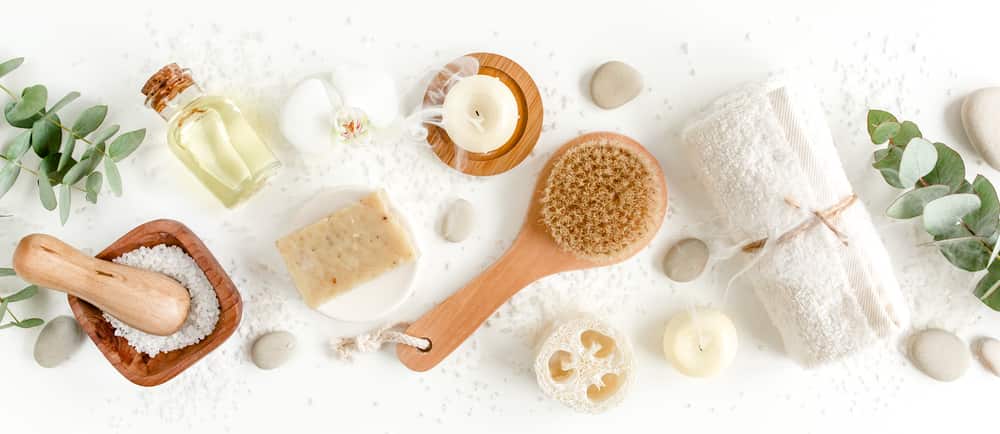
Can over-the-counter anti-wrinkle creams and lotions help to reduce wrinkles?
Anti-wrinkle creams and other similar products that you can buy over the counter may provide just limited results, if any, because these products contain less of the active ingredients than do prescription creams. The U.S. Food and Drug Administration (FDA) classifies these anti-wrinkle creams and lotions as cosmetics that have no medical value, and, therefore, these anti-wrinkle products are not evaluated for their safety and effectiveness.
It is recommended to avoid products that contain controversial parabens and sulfates, and, instead, to choose products comprising natural and organic ingredients, since these ingredients will be gentle and calming on your skin. Natural moisturizing emollients include shea butter, cocoa, mango, almond oil, avocado oil, and coconut oil. Natural occlusive moisturizers include oils such as olive, jojoba, and coconut, as well as bee waxes. Natural humectant moisturizers include honey and hyaluronic acid.
What are some effective treatments for reducing wrinkles?
For wrinkle treatments, dermatologists and other skincare professionals use a variety of topical medications, dermal fillers, and injections to reduce fine lines and wrinkles. These treatments include:
- Collagen injections, which can fill in wrinkled areas, thus temporarily providing wrinkle reduction and a smoothing out of facial skin and crow’s feet
- Alpha hydroxy acid (AHA) and glycolic acid products, which remove the top layers of dead skin cells, while also increasing the thickness of deeper layers of skin – promoting the natural skin renewal process and reducing wrinkles
- Topical retinoids (such as Retin-A products), which reduce fine lines and wrinkles, splotches, and roughness when applied to the skin, and that also stimulate the production of new blood vessels in the skin
- Hyaluronic acid, which hydrates aging skin by locking in moisture, thereby plumping up skin and promoting healthier skin, firming, and smoothing skin while also diminishing fine lines and wrinkles
- Botulinum toxin (Botox) injections, which can effectively treat wrinkles and immobilize facial muscles for four to six months at a time to achieve longer results than other types of dermal injectable treatments
- Calcium hydroxyapatite fillers, which promote the body’s natural collagen production for long-lasting wrinkle removal
- Fat transfer procedures, which remove fat from one part of the body and inject it into another part to fill in and smooth wrinkles

What are other options for reducing wrinkles?
Dermatologists and other skincare professionals have also traditionally used the following treatments to help reduce wrinkles:
- Exfoliation processes (such as chemical peels, dermabrasion, and microdermabrasion), which peel away the outermost layers of the skin to reduce signs of aging
- Photodynamic rejuvenation, which uses photosensitizers and light sources, such as lasers and pulsed light, to help refresh the skin
- Radiofrequency (RF) microneedling techniques and laser/light resurfacing treatments, which can soften wrinkles and crow’s feet around the eyes
- Ultrasound therapy, which uses a non-invasive technique to lift and tighten skin on the face, neck, and chin
What are surgical options for reducing facial wrinkles?
Forehead lifts and brow lifts are surgical procedures that can effectively reduce the appearance of wrinkles. They are performed at a surgical facility, and require intravenous sedation. These surgeries include the typical risks of invasive procedures, and the patients endure several weeks of recovery time.
What are the risks with forehead lift or brow lift surgery?
Inherent risks associated with dermatologic surgery include adverse reactions to anesthesia; bleeding, infection, and/or scarring in the forehead where the small incisions are located; temporary or permanent numbness on the forehead; asymmetry in the position of the brows (or brows that are too high); eye irritation or dryness; an elevated hairline, or hair loss at the incision site; swelling and bruising; a rare risk of blood clots; and possible damage to underlying facial muscles.
What is Sofwave™ offering to help reduce wrinkles?
Sofwave™ has developed a breakthrough ultrasound technology that is revolutionizing medical aesthetic procedures. The non-invasive Sofwave™ Synchronous Ultrasound Parallel Beam (SUPERB™) technology is designed to protect skin while reducing fine lines and wrinkles; lifting brows; lifting lax skin of the submental (beneath the chin) and neck tissues and removing unwanted hair.
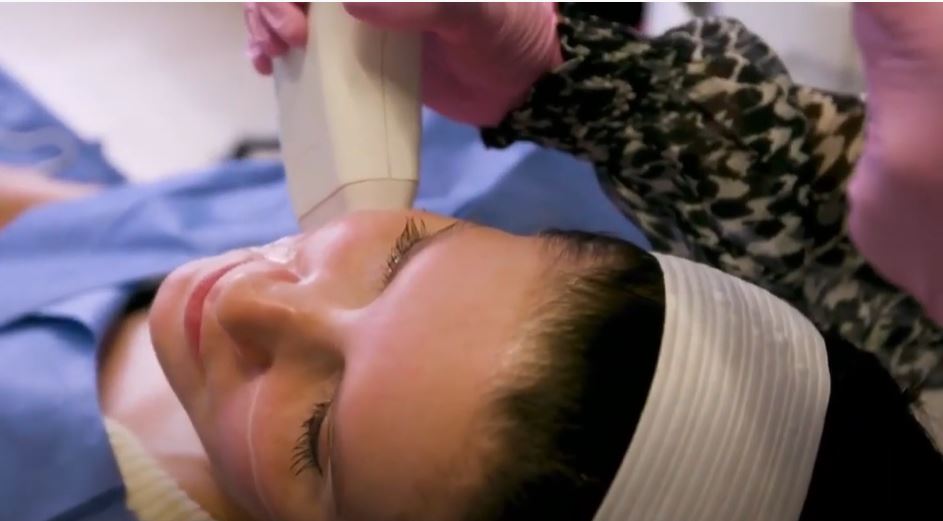
How does Sofwave™ technology protect the skin during cosmetic procedures?
The Sofwave™ ultrasound treatment creates a controlled, elongated, and directional thermal coagulation at a depth of 1.5 mm in the mid-dermis – achieving beneficial effects with minimal penetration, while ensuring no damage to the epidermis or to underlying nerves, bones, blood vessels, or face and neck tissue. The ultrasound energy is absorbed and cannot penetrate deeper than 2 mm, thus preventing injuries at the treatment site.
During the Sofwave™ ultrasound treatment, the SUPERB™ system’s Sofcool™ cooling mechanism provides real-time skin temperature monitoring and protects the uppermost skin layer from burning – providing extra protection that ensures the safety of this cosmetic procedure and guaranteeing the best experience for patients.
Is Sofwave™ ultrasound treatment appropriate for all skin types?
The Sofwave™ SUPERB™ ultrasound treatment is ideal for all skin types, as ultrasound absorption is determined by the microscopic and bulk mechanical properties of tissue, and is independent of skin color or pigmentation. Dermatologists and cosmetic dermatology surgeons recommend this procedure for patients who do not want invasive surgery. Patients undergoing this simple procedure experience only very minimal discomfort and can see positive results immediately. The full impact of the treatment can be seen within just two weeks.
Has this technology been reviewed by the U.S. Food and Drug Administration (FDA)?
Sofwave™ SUPERB™ technology has been FDA cleared for reducing facial lines and wrinkles, lifting the eyebrow, and lifting lax skin of the submental and neck tissues.
What are the advantages of Sofwave™ technology over other methods?
One of the additional benefits of SUPERB™ technology is that the procedure requires no needles, no incisions, and no general anesthesia to restore your skin to a more youthful appearance. The Sofwave™ treatment is completely non-invasive – with no risk of scars from surgical incisions at the treatment site.
Sofwave™ SUPERB™ ultrasound treatments are designed to achieve an ideal outcome through usually one single procedure. Plastic surgeons are now recommending these safe Sofwave™ treatments for patients who prefer non-surgical procedures.
How long are Sofwave™ ultrasound treatments?
A full-face ultrasound treatment takes approximately 30–45 minutes to complete, making it a quick and convenient procedure for patients to schedule. With best-in-class Sofwave™ technology, patients are also assured of experiencing very minimal downtime after a procedure. In addition, Sofwave™ clinical trials have shown high positive patient responses and success. Visual proof can be found in “before and after” photos provided on the Sofwave™ website.
Since 2020, when Sofwave™ unveiled its next-generation ultrasound technology for treating wrinkles and lax skin, these state-of-the-art treatments have quickly proved popular across the globe for patients wanting cosmetic improvements without the risk of surgery or other invasive cosmetic procedures.
Sofwave™ technology has become the frontrunner of cosmetic procedures, as this ultrasound energy safely and precisely passes through the skin’s surface to stimulate collagen and elastin fibers, and to ultimately improve facial and neck appearances, so that patients consistently achieve their desired results.
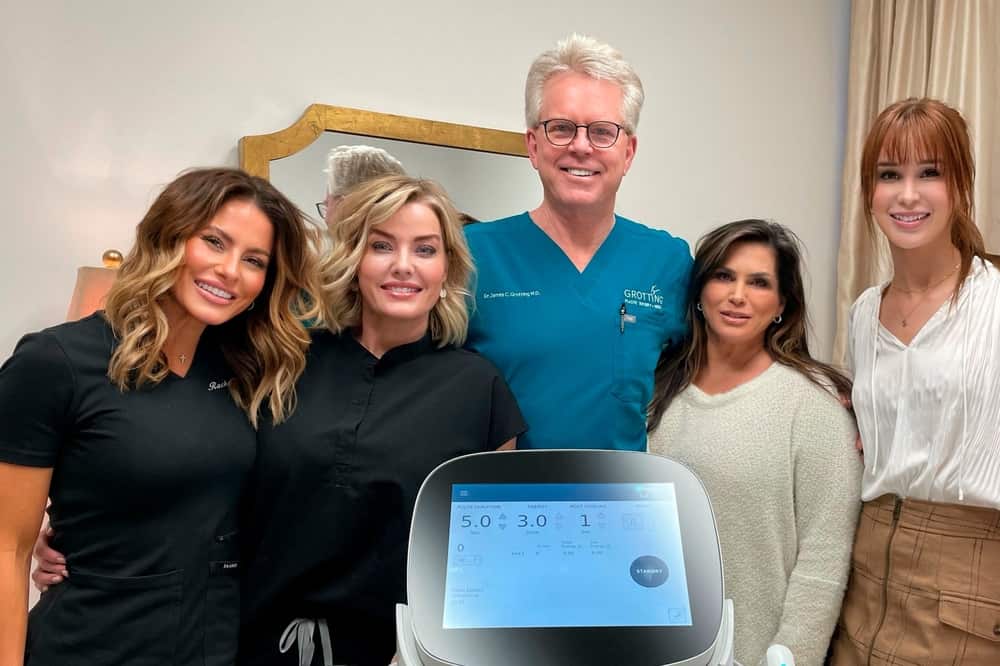
References:
- “Wrinkles”, Dermatology Consultants
- Krisha McCoy, “The Aging Effects of UV Rays", 2009, Everyday Health
- Colette Bouchez, “23 Ways to Reduce Wrinkles", WebMD
- Terry Martin, “How Smoking Can Damage Your Skin”, Verywell Mind, November 09, 2021
- “The Best Way You Can Get More Collagen – Meet the Protein Behind Healthy Skin and Joints”, May 15, 2018, Cleveland Clinic
- Ana Reisdorf, MS, RD, “Foods That Prevent Wrinkles”, May 14, 2018, thelist.com
- “7 Scientifically-Proven Ways to Reduce Wrinkles”, Retinol.com
- Joe Bowman, “The 4 Best Vitamins for Your Skin”, July 30, 2020, healthline
- Alicia Schultz, “The Effects of Alcohol on Your Skin”, March 6, 2022, Ria Health
- “Drinking Water is Essential to Healthy Skin”, Northeastern Plastic Surgery
- Jackie Burns Brisman, “Why Dead Skin Cells Build Up and How to Get Rid of Them”, 5/25/2021, skincare.com by L’Oréal
- Tehrene Firman, “20 Skincare Mistakes That Are Aging Your Skin, According to Experts”, February 12, 2020, BestLife
- “Wrinkles – Diagnosis & Treatment”, Mayo Clinic
- “Parabens, Sulfates, and Other Skincare Ingredients You Should Avoid”, October 8, 2020, Neutralyze
- “Anti-Wrinkle & Crow’s Feet”, DefenAge.com
- “Wrinkles”, September 6, 2017, DocShop.com
- “Wrinkles – Treatment”, Mayo Clinic
- “Cosmetic Procedures – Brow/Forehead Lift”, Plastic Eye Surgery Associates
- “Brow Lift”, Mayo Clinic


